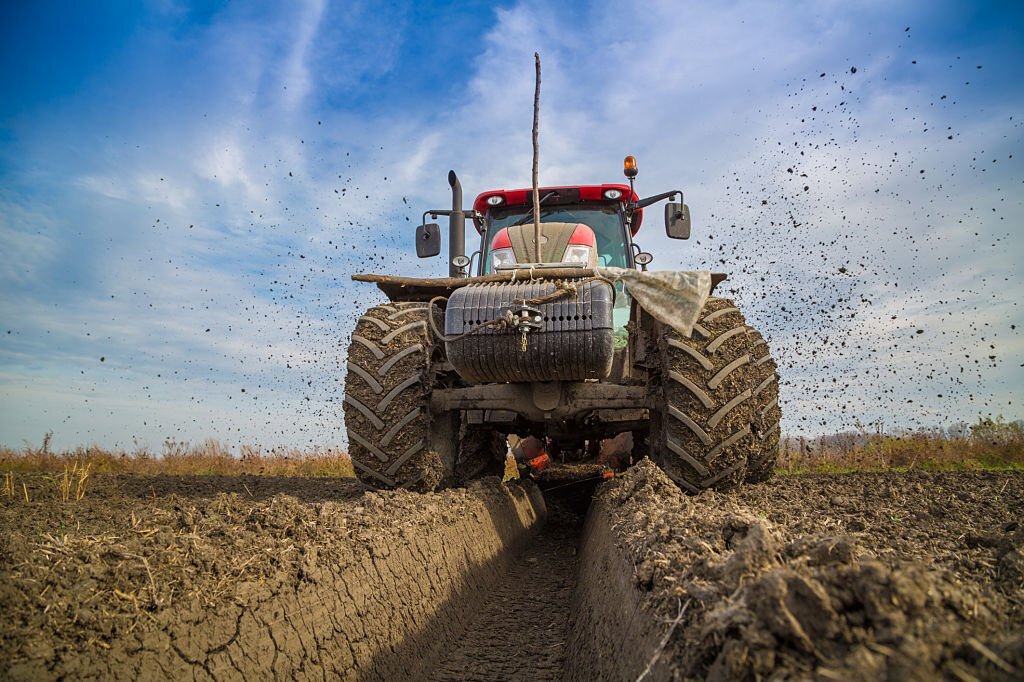
Introduction:
In the heavy equipment industry, trenchers play a vital role in excavation and utility installation projects. To ensure safe and efficient trenching operations, various regulations and guidelines are in place to govern the use of trenchers. These regulations aim to promote workplace safety, protect the environment, and enhance the overall quality of trenching projects. In this article, we will explore the crucial regulations and guidelines related to trencher use in the heavy equipment industry. Construction professionals will gain valuable insights to ensure compliance and maintain the highest safety standards while conducting trenching operations.
1. Occupational Safety and Health Administration (OSHA) Guidelines:
The Occupational Safety and Health Administration (OSHA) is a federal agency responsible for regulating workplace safety in the United States. OSHA sets forth guidelines specific to trenching and excavation, known as Subpart P of the Construction Standards (29 CFR 1926). These guidelines address issues like trench stability, access and egress, protective systems, and safe work practices to prevent trenching-related accidents and fatalities.
2. Personal Protective Equipment (PPE) Requirements:
OSHA and other regulatory bodies outline specific requirements for personal protective equipment (PPE) when operating trenchers. This includes items such as hard hats, high-visibility clothing, safety gloves, protective eyewear, and steel-toed boots to safeguard operators and workers from potential hazards.
3. Utility Locating and Marking:
Before commencing trenching operations, construction professionals must contact the appropriate utility locating services to identify the presence and location of underground utilities. Following the marked utility lines helps prevent accidental damage to essential services, such as gas, water, and electricity.
4. Environmental Protection Agency (EPA) Regulations:
The Environmental Protection Agency (EPA) sets forth regulations to safeguard the environment during trenching activities. Compliance with these regulations ensures that trenching operations do not contaminate soil or water sources and minimize environmental impact.
5. National Utility Contractors Association (NUCA) Best Practices:
The National Utility Contractors Association (NUCA) provides best practice guidelines for trenching operations. These guidelines cover various aspects, including excavation techniques, shoring and shielding options, safety training, and proper equipment maintenance.
6. American National Standards Institute (ANSI) Standards:
The American National Standards Institute (ANSI) develops industry standards related to trencher design, operation, and safety. These standards help ensure that trenchers meet specific performance criteria and safety requirements.
7. Manufacturer Guidelines and Recommendations:
Trencher manufacturers provide specific guidelines and recommendations for proper use, maintenance, and safety considerations. Adhering to these guidelines is essential to ensure optimal performance and longevity of the trencher while promoting operator safety.
8. Trench Depth and Width Regulations:
In some regions, local building codes or municipal authorities may have specific trench depth and width regulations that must be followed. Compliance with these regulations ensures that trenches are appropriately sized for the intended utility installation and construction requirements.
9. Competency and Training Requirements:
Regulations may also address the competency and training requirements for trencher operators. Proper training, certification, and ongoing education are essential to ensure operators are proficient in using trenchers safely and efficiently.
10. Safe Trenching Practices:
Apart from regulatory requirements, adherence to safe trenching practices is crucial for every trenching operation. This includes proper trench inspection, regular maintenance, ensuring stable trench walls, and following safe work practices to prevent cave-ins and accidents.
Conclusion:
Regulations and guidelines related to trencher use in the heavy equipment industry are crucial for ensuring workplace safety, environmental protection, and the overall quality of trenching projects. Construction professionals must adhere to OSHA guidelines, PPE requirements, and manufacturer recommendations to promote safe trenching operations. Compliance with utility locating, environmental regulations, and ANSI standards further ensures the protection of underground utilities and the environment. By prioritizing safety, following best practices, and providing operators with proper training, construction professionals can conduct trenching operations efficiently and responsibly, guaranteeing successful project outcomes while safeguarding the well-being of their workforce and the surrounding environment.



